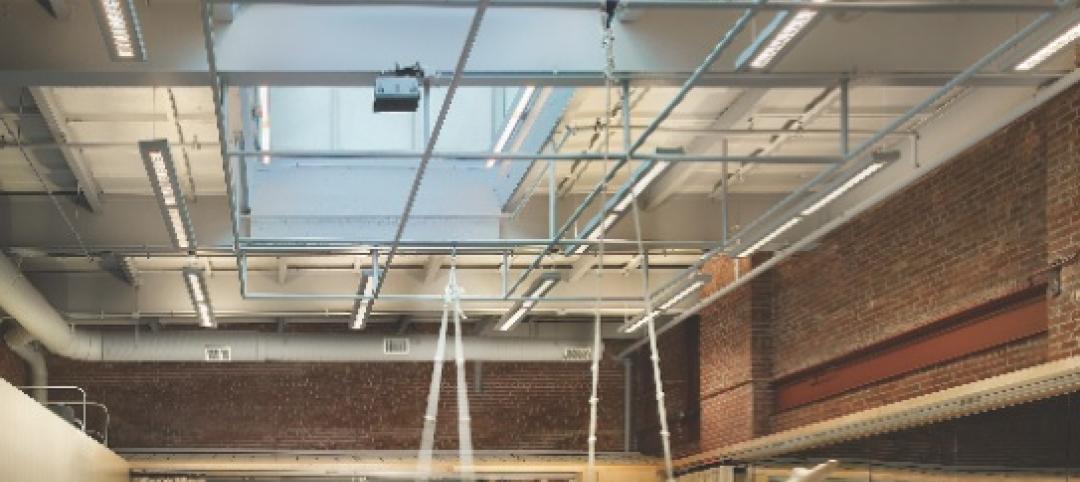The Los Angeles Business Council released the results of its study on the feasibility of installing solar panels on the city’s multifamily buildings to help meet California’s proposed law seeking 33% renewable energy by 2020, of which 70% would have to be generated from in-state resources. Los Angeles Mayor Antonio Villaraigosa has also called for one gigawatt of solar development in the city, including a feed-in-tariff (FiT) program.
The study reveals that the city has tremendous capacity for multifamily housing to contribute to a broad solar program, and that a significant portion of that rooftop capacity comes from buildings in economically depressed neighborhoods. Solar installations could therefore be used to create jobs, lower utility costs, and improve conditions for residents in these neighborhood.
The city’s total number of potential multifamily sites is in excess of 100,000, with the potential to handle solar installations capable of generating 1,411 MW (one megawatt of solar capacity should offset the energy needs of 100 homes), with 59 to 130 MW generated in each of Los Angeles’s 15 council districts. The study indicates that the sites best suited for this type of development are those capable of generating around 50kW, and there are enough of those sites to potentially generate 300 MW.
The study recommends the city institute a 300 MW program, which could offer a pay rate of 24 to 26 cents per kWh, enough to attract a significant number of interested property owners. The rate could be in direct payments, or in the case of a FiT, via a combination of payments and rebates. A 300 MW program would also directly and indirectly generate 4,500 jobs, as well as lower utility costs for many Angelinos, allowing them to live in a more affordable and sustainable environment. An additional benefit: a 300 MW program would reduce 6.7 million tons equivalent CO2 by replacing coal and 4.1 million tons equivalent by replacing natural gas—akin to taking 69,000 to 112,000 cars off the road.
Can a case be made for a similar program in your city?
Related Stories
| Feb 6, 2013
CSI: Revitalizing the brand to achieve the mission
CSI is revitalizing its brand as part of its continued pursuit of its mission: improving facility performance through better communication in the commercial-level construction industry.
| Feb 5, 2013
8 eye-popping wood building projects
From 100-foot roof spans to novel reclaimed wood installations, the winners of the 2013 National Wood Design Awards push the envelope in wood design.
| Feb 3, 2013
Electronic surveying improves accuracy on BIM-driven hospital project
A mechanical contractor combines an electronic surveying tool with a BIM model to make significant productivity gains in a large-scale hospital project.
| Jan 30, 2013
Design Firm Little Expands Durham Interiors Studio
Both Benner and Byers have expertise in market sectors such as corporate, retail, hospitality, healthcare, research /technology, critical facilities, civic and education.
| Jan 22, 2013
Midwestern Construction Company Acquires Local Architecture Firm
St. Charles, Ill.-based design/build and construction firm acquires architecture firm.
| Jan 17, 2013
Thornton Tomasetti Founding Principal Thornton receives ASCE Lifetime Achievement Award
The OPAL Lifetime Achievement Award is given to civil engineers who “represent a model of achievement to which future generations of engineers aspire to match or exceed.”














